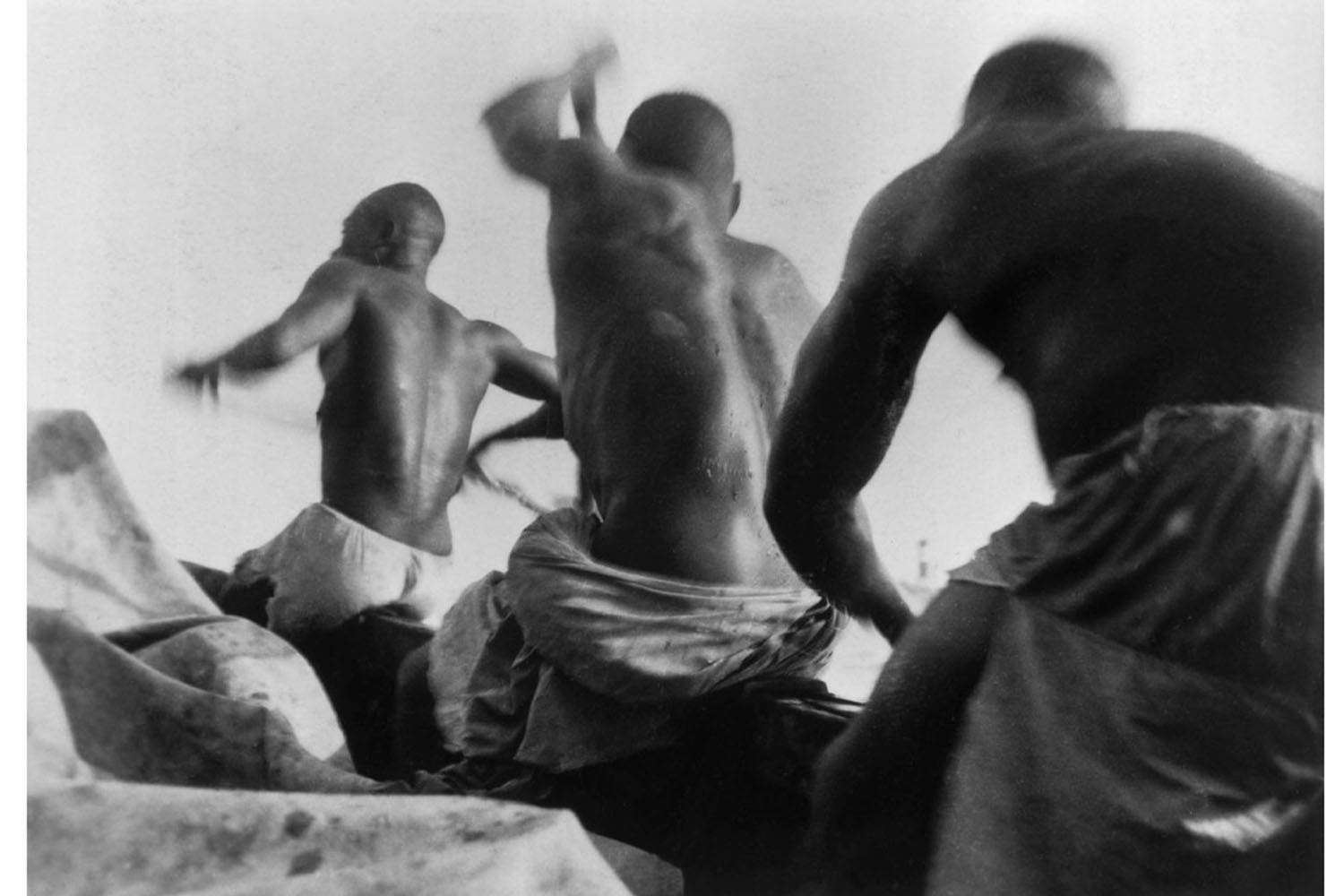
The primary (but hardly the sole) merit of this extraordinary Cartier-Bresson retrospective is that it sheds light on little-known aspects of his career. Too often Cartier-Bresson has been represented only as the artist of the “decisive moment,” as if his vision had emerged fully developed in one burst, and remained constant throughout his career. The reality, of course, is much more complex.
A high school dropout, Cartier-Bresson joined Andre Lhote’s painting studio in 1926 and became intrigued with his master’s emphasis on classical harmony and composition. These strict rules, however, were soon challenged by his encounter with the Surrealists, whose meetings he attended with his friend, writer René Crevel, in Parisian cafés. He was deeply influenced by the Surrealists’ advocacy of spontaneity and free association, their desire to probe the mysteries of everyday objects and chance encounters.
Through an American couple, Harry and Caress Crosby, founders of the Black Sun Press, and their friends Gretchen and Peter Powell, Cartier-Bresson was encouraged to take photography more seriously: “The first photographs I saw, through American friends, were Atget and Kertesz. The Munkacsi photograph, of three black children throwing themselves in the waves, was like a kick in the ass: ‘Go for it!’”
At the end of the 1920s Cartier-Bresson started photographing in the spirit of Eugene Atget’s views of Paris’s empty streets and shop windows: a shop window encumbered with wooden molds and gloves might be a crowd of ghosts trapped behind the glass, reaching out; a close-up of enameled plates displayed for street use or cemeteries appears to be a mix of a Walker Evans-inspired scene and a surrealist poem composed of unrelated inscriptions. Such incongruities fascinated the young photographer. His photographs of masses of glistening entrails, too, taken at the La Villette slaughterhouse in 1929 parallel those of his friend Eli Lotar taken in the same spot.
In search of adventure, Cartier-Bresson embarked for the Ivory Coast in October 1930: “I left for Africa. I was hunting with a head lantern. I sold the meat. I caught bilharzia and had to come back. Painting was still my obsession and photography to me was a sketchbook, immediate drawings, questions-answers.”
Very few photographs of that trip have survived, as mildew corrupted his camera. But in those that did survive, it’s evident that Cartier-Bresson tried to avoid exoticism. Instead, his images emphasize a rigorous formalism: a photograph of three rowers seen from the back, their dark bodies glistening in the high sun, is carefully composed following an arc from head to arm to head; another of wooden dugouts is built upon accumulated triangular shapes.
Back in Europe Cartier-Bresson produced several important images similarly focusing on abstraction and geometry. In Florence, two folded metal tables face each other on a terra cotta terrace, as if in conversation, recalling Kertesz’s chair studies taken in the Tuileries garden.
In the spring of 1934 he left for Mexico where he settled for a year, and reunited with his Surrealist inspiration. He befriended Mexican photographer Manuel Alvarez Bravo, and the two exhibited together. Cartier-Bresson frequented poor neighborhoods of Mexico City; in one striking image a blurred passerby walks in front of a chalkboard featuring columns of numbers.
In May 1937, Cartier-Bresson, whose left-wing sensibilities are well-established, was sent by the Communist daily Ce Soir to cover King George VI’s coronation. His extraordinary images do not focus on the king, but on the margins of the event: the crowds, without tickets, waiting outside and watching. For the photographer, it is the people, the agents of their own history, who are the main subject.
During World War II, while working in a Film and Photography Unit of the French Third Army, Cartier-Bresson was taken as a war prisoner. After three years of captivity in a German Stalag, he escaped and joined a group of Communist resistance fighters. His photographs of the end of the Reich were influenced by his experience collaborating with Jean Renoir to document the war’s painful resolution, as well as by his own personal suffering — evident in the empathy with which he depicts his subjects, such as a child in an outsized man’s coat, or allied prisoners being deloused in a Dessau transit camp.
In July 1954 Cartier-Bresson was the first professional photographer to enter Russia since Stalin’s death. His picture of a dancing hall shows keen attention to composition and feels like a still from a Neo-Realist film.
Myriad aspects of Cartier-Bresson’s talent and style are highlighted in this 350-picture exhibition. But one thread links them all: the continuing joy he took in his work. As he said to me in France in a 1980 interview for Le Matin de Paris: “The joy, the real joy, is to tackle the visible world head on.”
Carole Naggar is a photo historian, poet and regular contributor to LightBox. She recently wrote on the work of Swedish photographer Anders Petersen.
The Henri Cartier-Bresson retrospective will be on view at the Centre Pompidou in Paris from February 12 – June 9, 2014.
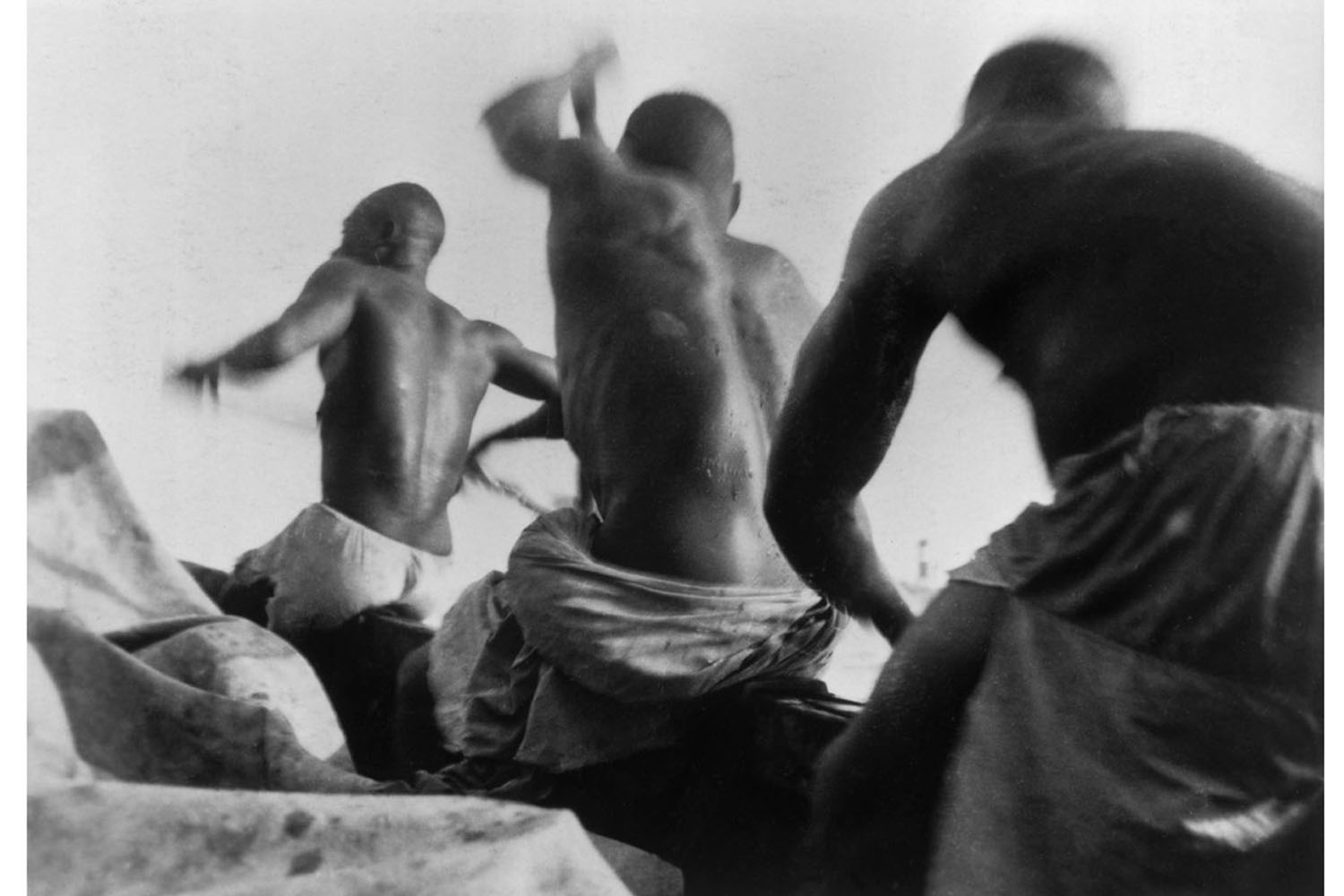
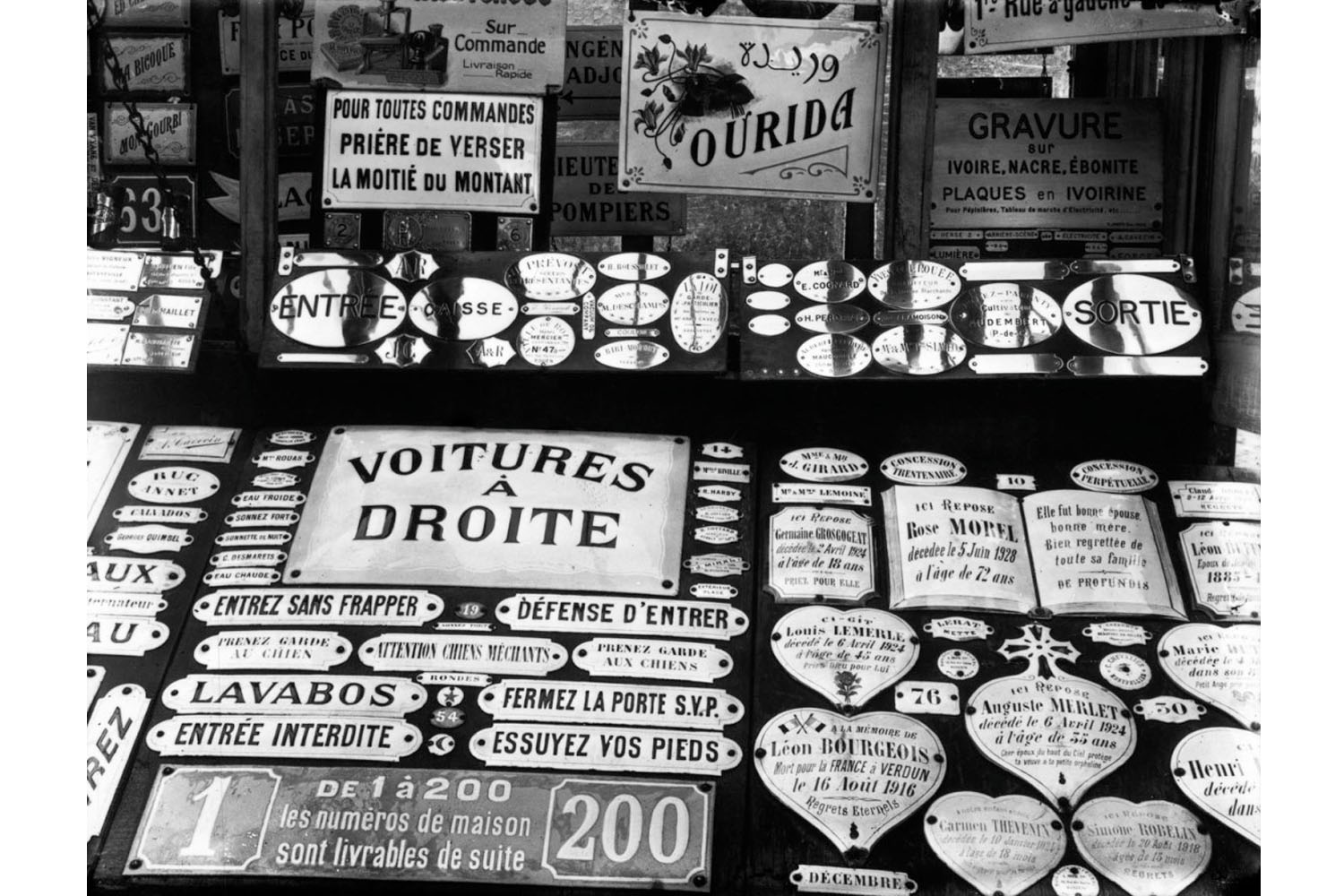

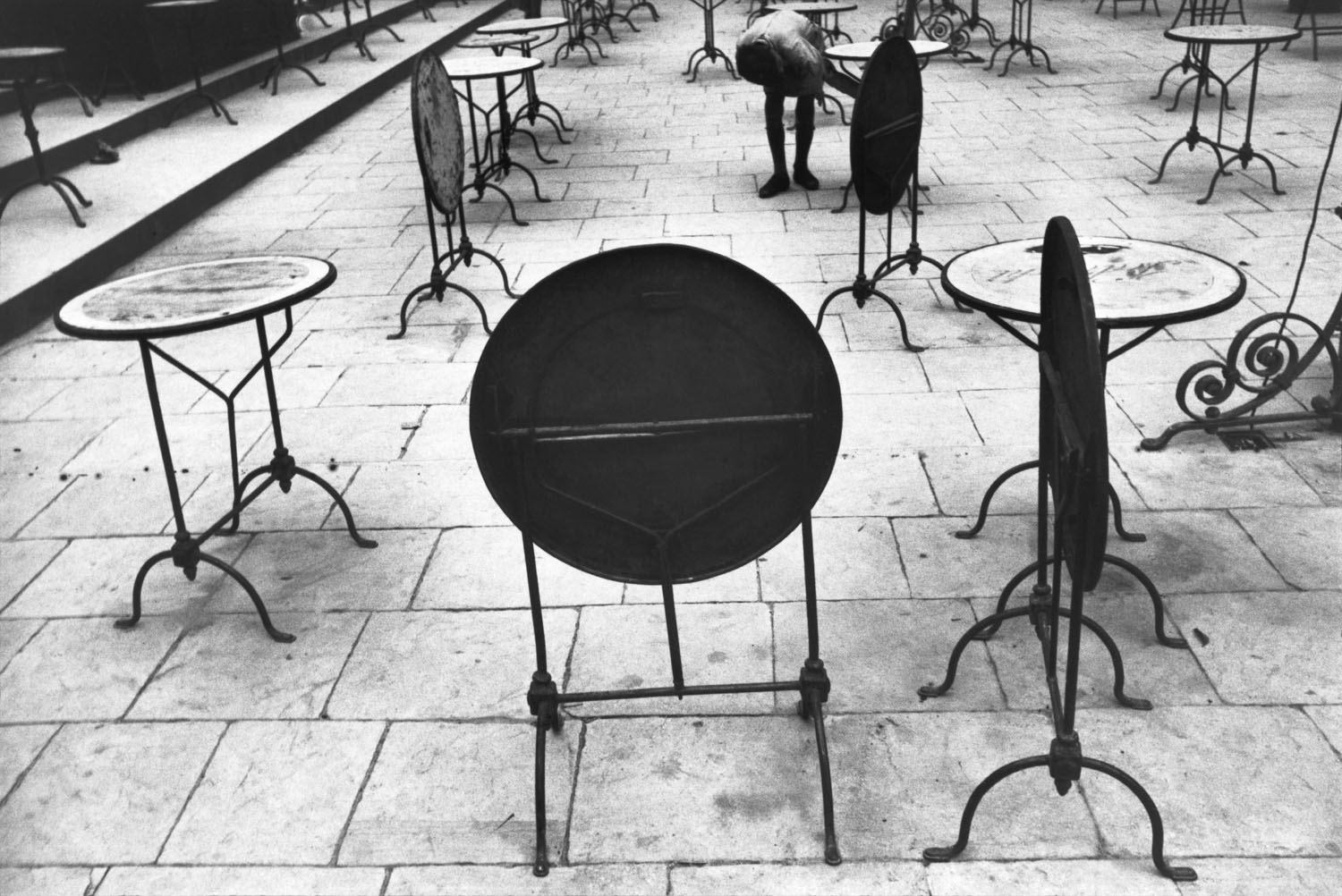
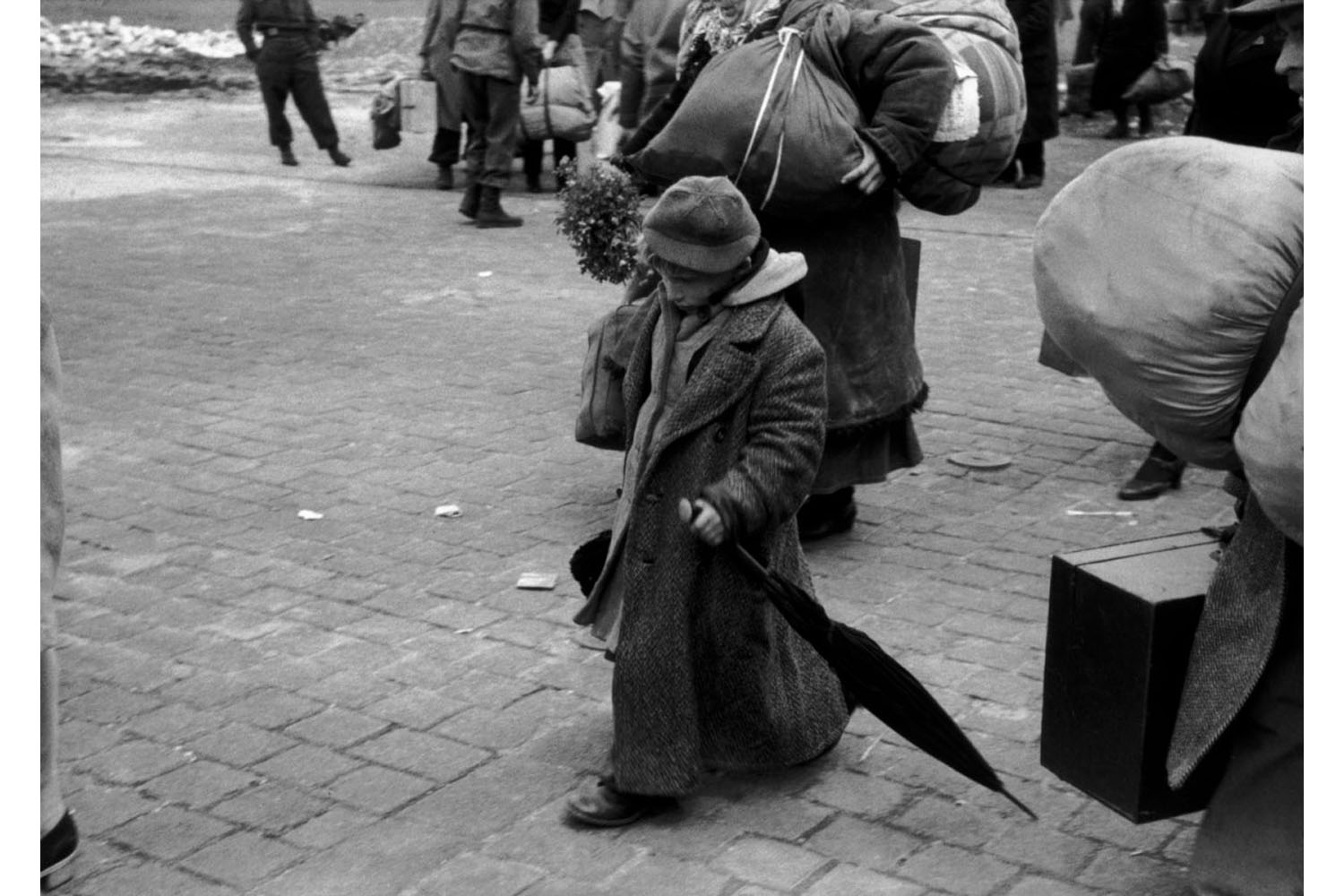

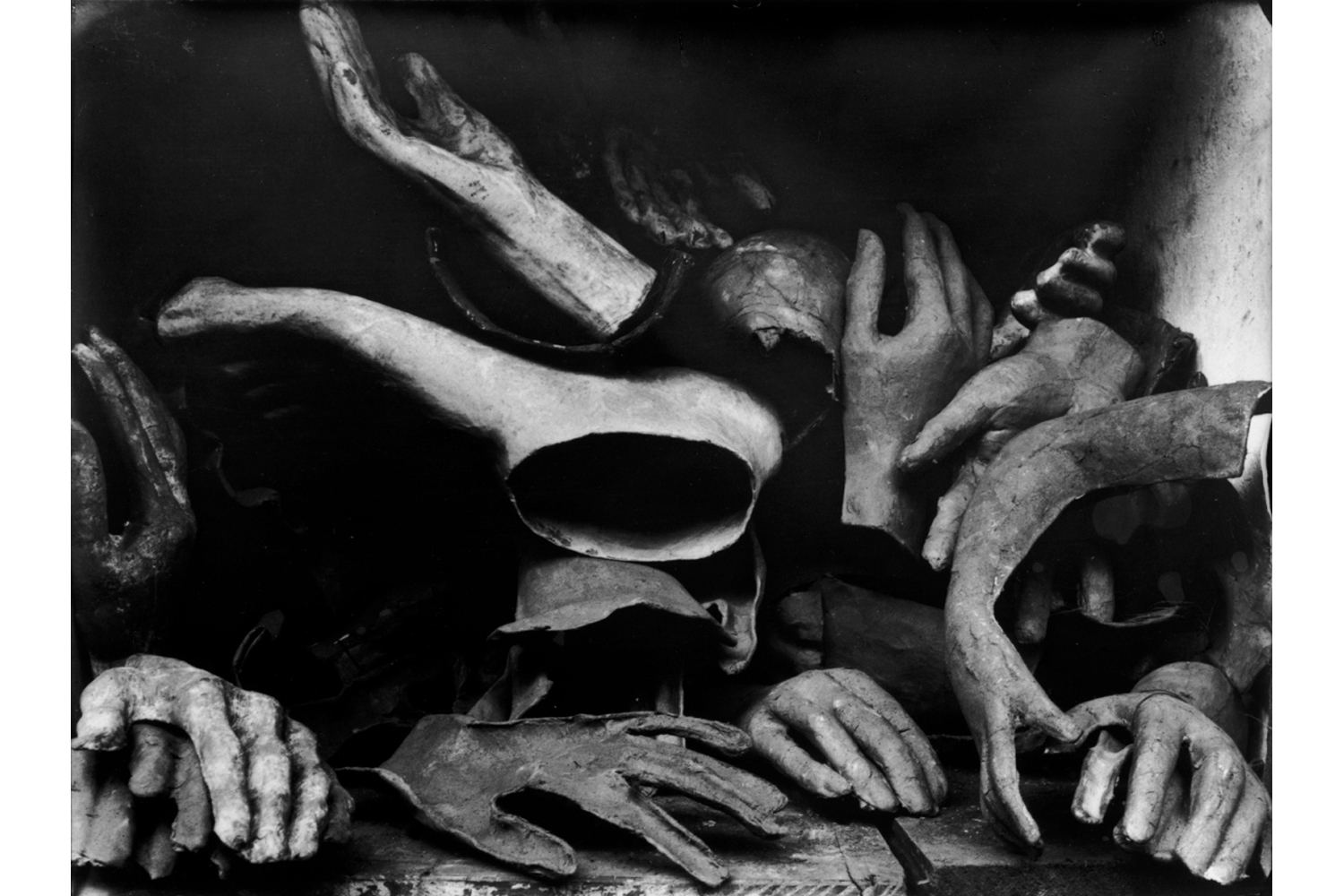
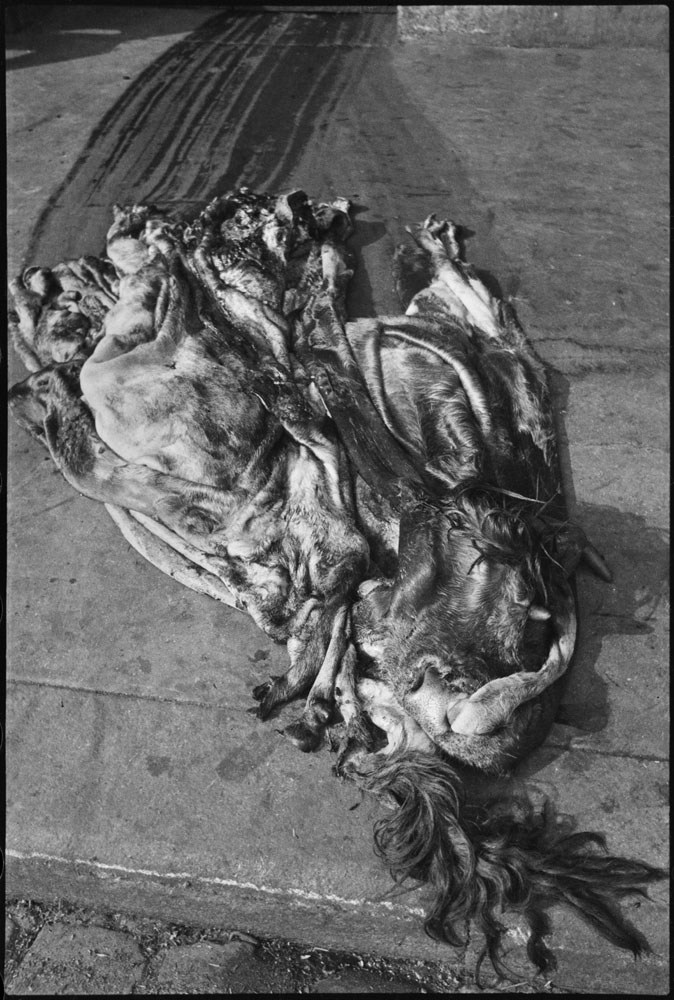

More Must-Reads from TIME
- Donald Trump Is TIME's 2024 Person of the Year
- Why We Chose Trump as Person of the Year
- Is Intermittent Fasting Good or Bad for You?
- The 100 Must-Read Books of 2024
- The 20 Best Christmas TV Episodes
- Column: If Optimism Feels Ridiculous Now, Try Hope
- The Future of Climate Action Is Trade Policy
- Merle Bombardieri Is Helping People Make the Baby Decision
Contact us at letters@time.com